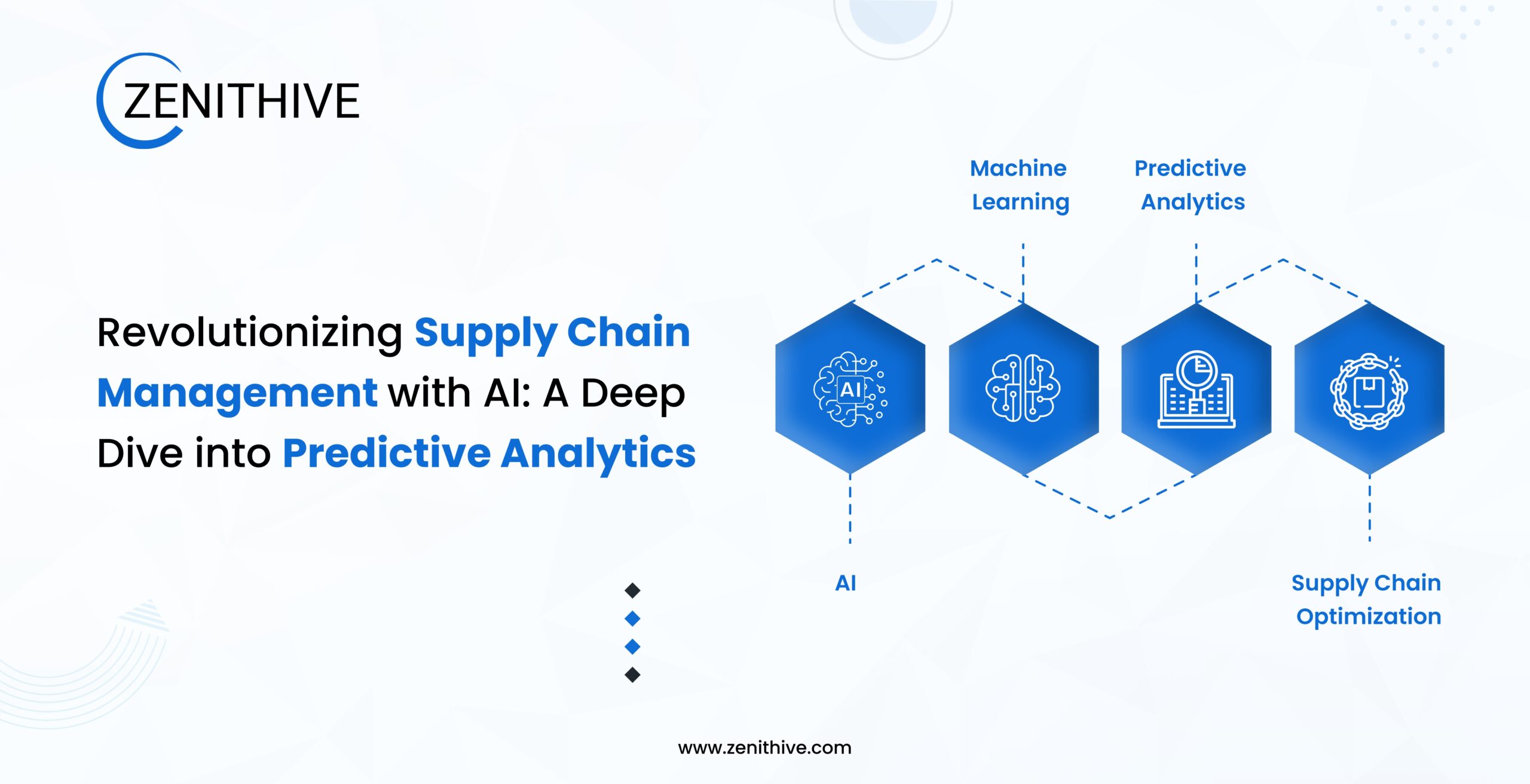The ROI of Using Golang for Enterprise Applications

Golang’s design focuses on simplicity, concurrency, and speed, key factors that translate to measurable business outcomes. Here’s what makes it a high-ROI choice:
1. Blazing-Fast Performance
Go compiles directly to machine code, eliminating interpreter overhead. This reduces execution time significantly compared to interpreted languages like Python or Ruby.
Benchmarks from TechEmpower Round 22 show Go outperforming Python by 40x and Java by 5x in CPU-bound tasks. For example, a Go-based API can handle 200,000 requests per second on a single server, while Python struggles to reach 5,000.
Real-world impact: High-speed processing reduces server load, cutting cloud infrastructure costs. A European SaaS company reduced its AWS bill by 65% after migrating from Python to Go for its data pipeline.
2. Built for Concurrency
Go’s goroutines (lightweight threads) handle millions of concurrent tasks with minimal memory. Each goroutine uses just 2KB of RAM, compared to Java threads, which require 1MB.
Example: A fintech company reduced payment processing latency by 60% after switching to Go, enabling real-time transactions for 10M+ users. The system now processes 5,000 transactions/second with 10 servers, down from 50 servers using Java.
3. Simplified Code Maintenance
Go’s strict syntax and static typing minimize runtime errors. Its garbage collection and dependency management tools reduce technical debt.
A 2023 study by Gartner found that enterprises using Go reported 30% fewer production bugs compared to dynamically typed languages like Python. For example, a healthcare app developer cut post-launch bug-fixing costs by $500,000 annually after adopting Go.
4. Scalability at Lower Costs
Go’s efficiency allows enterprises to handle more traffic with fewer servers. Its native support for horizontal scaling makes it ideal for microservices.
Case in point: Dropbox migrated its metadata service to Go, reducing server count from 200,000 to 50,000 and saving $10M/year in infrastructure costs (Source: Dropbox Engineering Blog).
Real-World ROI: Case Studies
1. Uber: Scaling Geofence Lookups
Problem: Uber’s Python-based geofence system couldn’t keep up with global demand, causing delays in ride pricing and ETAs.
Solution: Migrated to Go for real-time location tracking and geofence calculations.
Result:
70% reduction in latency (from 100ms to 30ms).
Handled 1,000+ requests per second per machine.
Saved $6M/year in infrastructure costs.
2. American Express: Fraud Detection
Problem: Legacy Java systems caused delays in fraud analysis, leading to $3M in monthly losses from undetected transactions.
Solution: Built a Go-based microservices architecture for real-time fraud detection.
Result:
Reduced fraud detection time from 2 minutes to 50 milliseconds.
Processed 5x more transactions without scaling servers.
Prevented $12M in fraudulent transactions within six months.
3. Twitch: Live Streaming at Scale
Problem: Node.js struggled with real-time chat for 2M+ concurrent viewers, causing crashes during peak events.
Solution: Rewrote chat systems in Go, leveraging goroutines for concurrent message handling.
Result:
Achieved 99.9% uptime during peak events like “Twitch Rivals.”
Cut server costs by 40% while doubling capacity.
Key Metrics to Quantify Golang’s ROI
Calculate your potential savings using these benchmarks:
Metric | Golang Impact | Industry Average |
Development Speed | 25% faster (vs. Java/Python) | 15-20% slower |
Server Costs | 50-70% reduction | 10-20% reduction |
Bug Resolution Time | 40% shorter (due to simpler code) | No significant change |
Scalability | 10x traffic growth without added servers | 3-4x with scaling |
Example Calculation:
If your current infrastructure costs $1M/year for 100 servers:
Switching to Go could reduce servers to 30-50, saving
500K−700K annually.
Faster development could cut time-to-market by 3-6 months, accelerating revenue generation.
When Does Golang Deliver the Highest ROI?
Go shines in these scenarios:
1. Microservices & Cloud-Native Apps
Kubernetes (written in Go) manages 92% of Fortune 100 companies’ containerized apps (Source: CNCF 2023).
Example: A logistics company reduced API response times by 80% after rebuilding its Java monolith into Go microservices.
2. High-Frequency Systems
Trading platforms, real-time analytics, and IoT data processing.
Example: A stock trading firm using Go executes 1M trades/day with <1ms latency, generating $50M in annual revenue.
Challenges to Consider
1. Learning Curve
Teams familiar with dynamic languages may need training.
Mitigation: Go’s simplicity shortens onboarding. Developers typically become productive in 2-3 weeks.
Example: PayPal trained 200+ engineers in Go within a month, accelerating its fraud detection project.
2. Ecosystem Maturity
Fewer libraries than Python or Java.
Mitigation: Go’s standard library covers 80% of enterprise needs (networking, encryption, concurrency). For niche use cases, open-source frameworks like Go Kit fill gaps.
Final Verdict: Is Go Worth the Investment?
Enterprises using Golang report:
50% faster time-to-market for critical features.
60% lower cloud costs over three years.
90%+ developer satisfaction (2023 Stack Overflow Survey).
While Go isn’t a one-size-fits-all solution, its ROI for scalable, high-performance systems is undeniable.
For teams lacking in-house Go expertise, Zenithive offers end-to-end Golang development services—from architecture design to deployment—ensuring you maximize ROI without the growing pains.
Ready to Explore Golang? Let Zenithive Accelerate Your Success
Struggling with legacy systems? Book a free consultation with Zenithive’s Golang architects to modernize your stack.
Need proof of concept? Our team delivers pilot projects in 4-6 weeks, demonstrating measurable cost and performance gains.
Want to train your team? Zenithive’s certified Go developers provide hands-on workshops tailored to your workflows.
Why Zenithive?
90% client retention rate.
40+ enterprise Go projects delivered across fintech, healthcare, and SaaS.
Guaranteed ROI: We align our milestones with your business KPIs.


